The good thing about ZEPHYR is that it reflects the issues that remained during development without changing the concept!
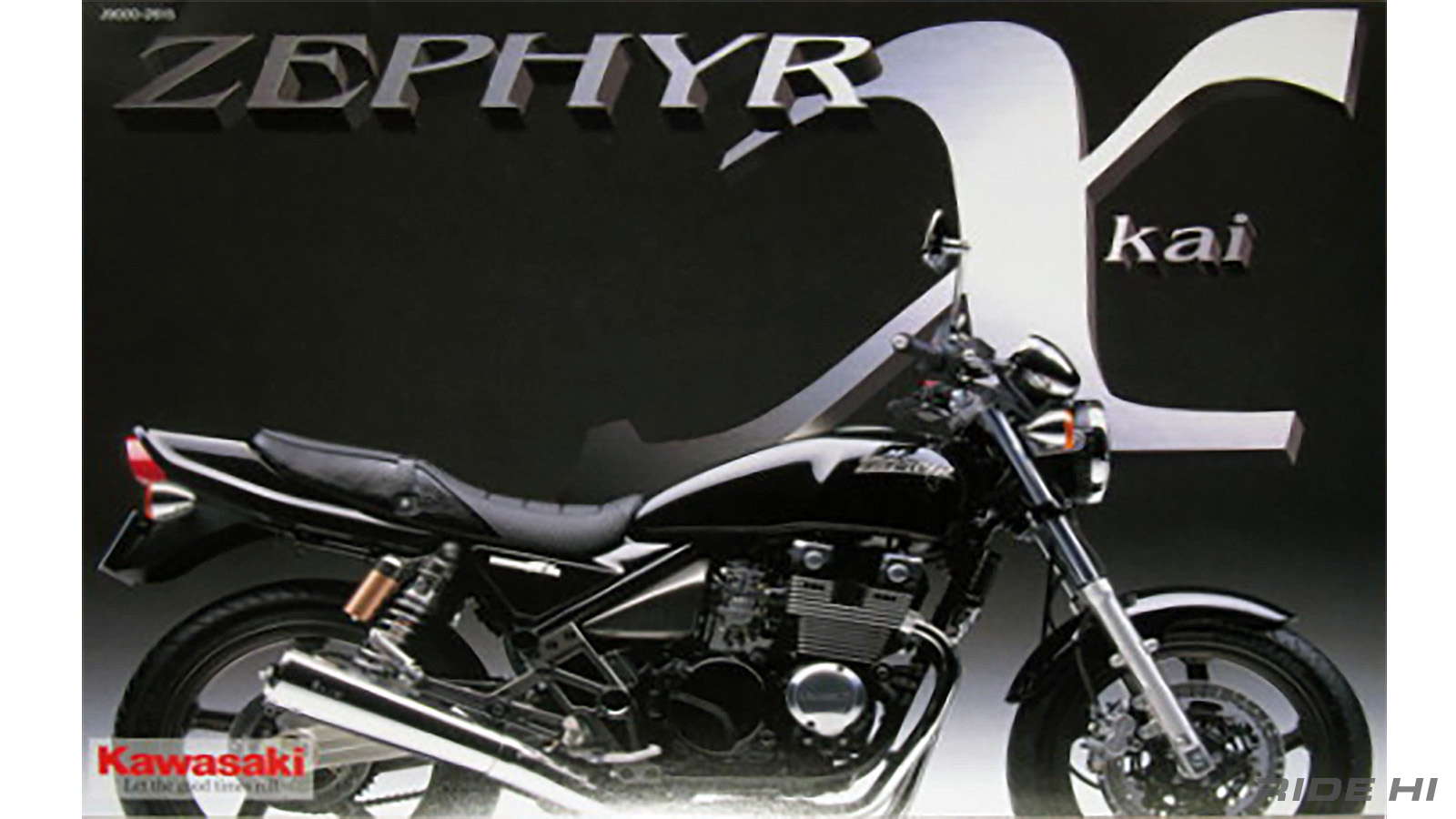
In 1989, Kawasaki's ZEPHYR evoked a return to tradition just as the racer replica craze was cooling down, and it sparked a naked boom that quickly took the top spot in sales in the 400cc class.
The ZEPHYR was derived from Zephyros, the god of the west wind in Greek mythology, and with a name that didn't indicate the engine displacement, it quickly attracted a wide range of fans.
The engine was a repurposed two-valve engine from the GPz400F, with an output of 46hp/11,000rpm, but users who didn't care about performance were unimportant.
However, rivals also tried to jump on the boom and released new naked motorcyles all at once, and in 1996, when the new models began to lose their freshness, they finally introduced the ZEPHYR χ (pronounced "kai", a Greek letter meaning "modify").
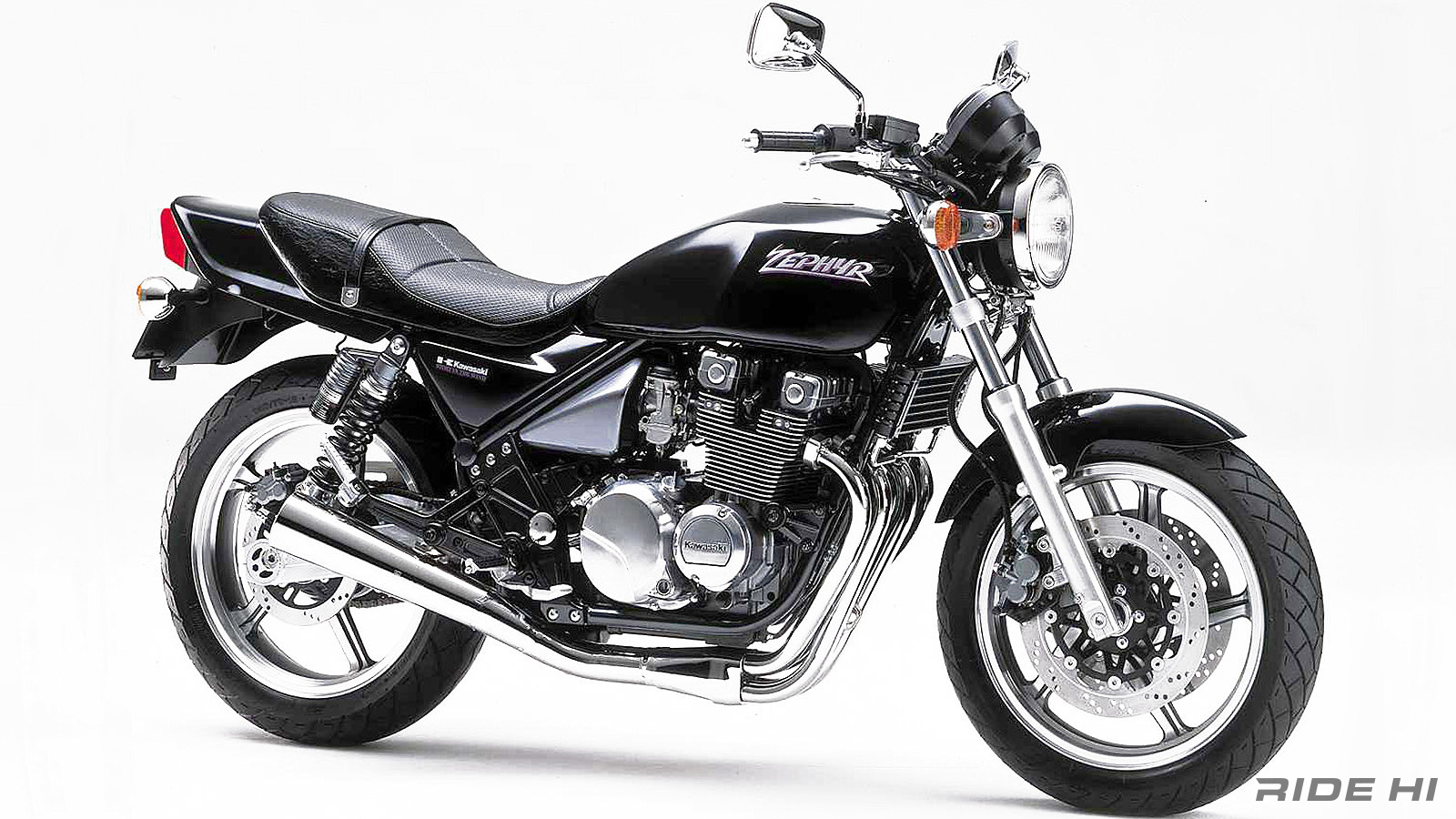
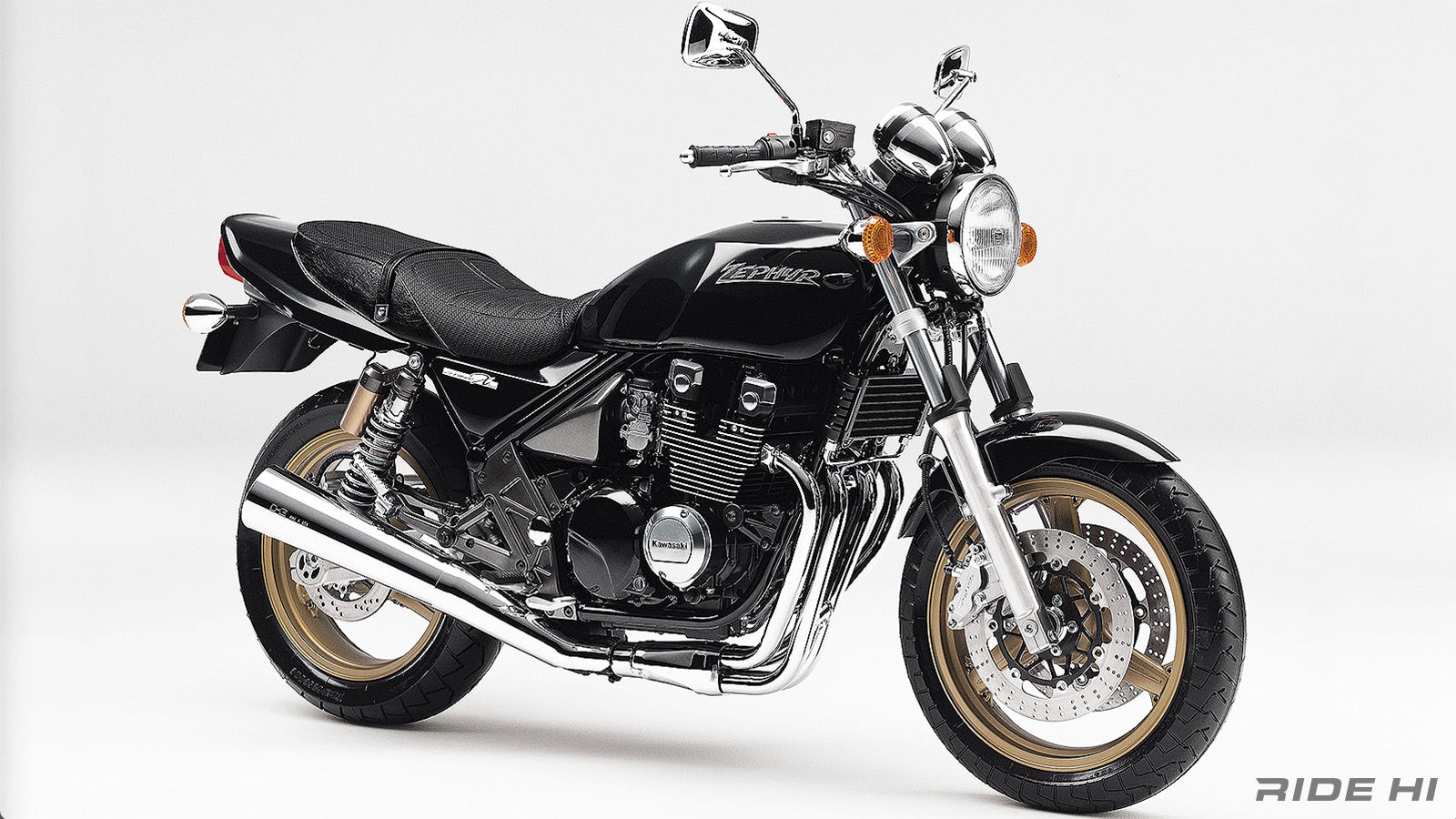
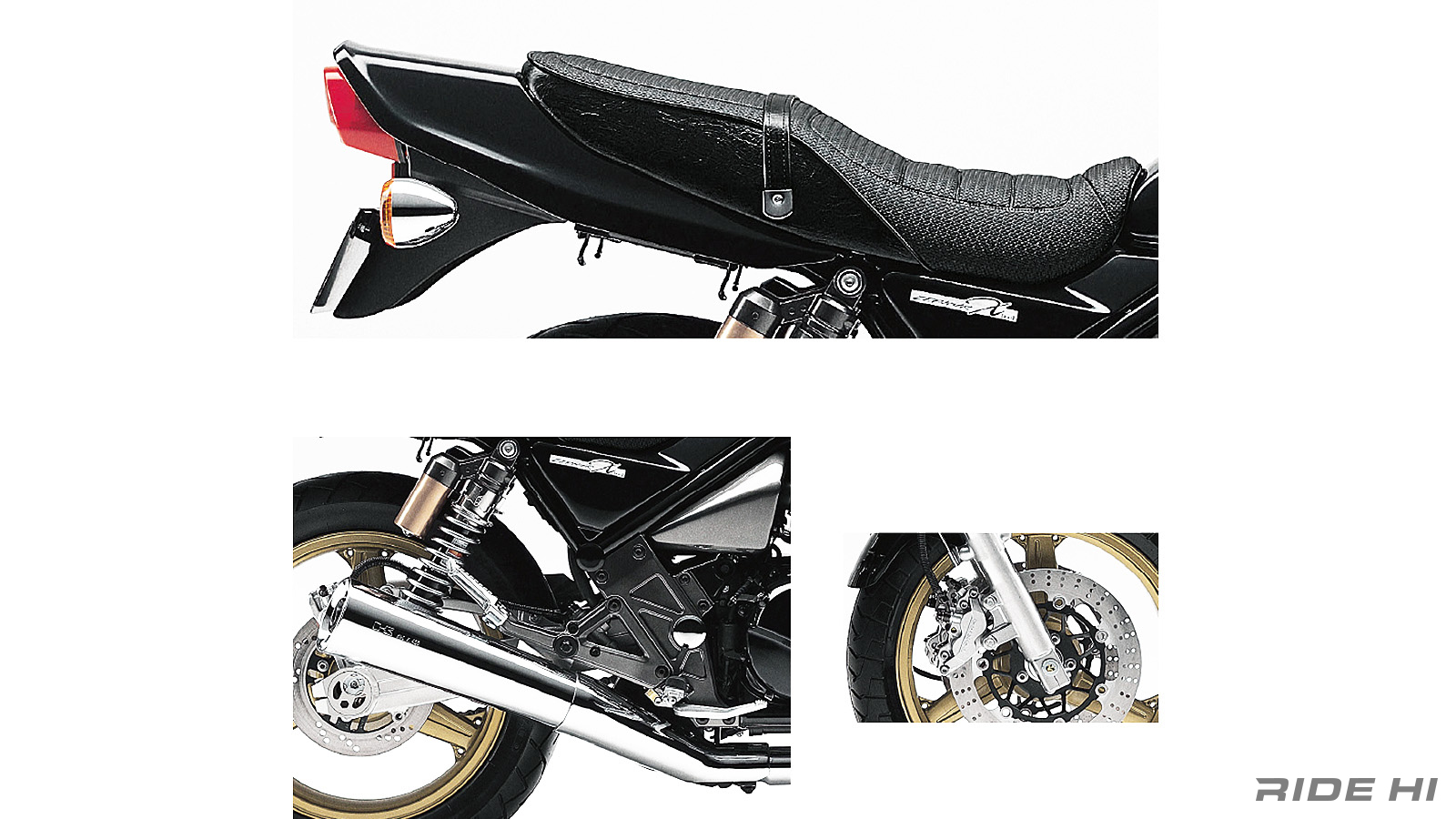
Since its debut in 1989, the ZEPHYR had undergone some improvements, such as changing the meter to a bullet-shaped one, but six years had passed without any major changes.
However, rivals such as the CB400 Super Four had high-performance engines, so to compete with them, the engine was made into a four-valve model, and almost everything from the crankshaft onwards was revamped. As a result, the power was increased to the self-imposed upper limit of 53ps/11,000rpm, and a throttle opening sensor was installed in the carburetor, improving the agility of the ride and response at low rpm.
However, there were no changes to the exterior, and the motorcycle remained true to its Zephyr style.
Most noticeable changes were the new shape of the tail cowl on the seat, which was slightly lifted, the muffler that corresponded to the improved performance was increased in capacity and slightly extended, the front brake caliper was upgraded to the same four-pot as the GPZ1100, the handlebar shape was changed and the damping adjustment was removed from the rear suspension, and the wheel design was changed from five spokes to three spokes.
Apparently, these were things that had been left undone during development, and most of the issues that had not been addressed over the six years were poured into the project.
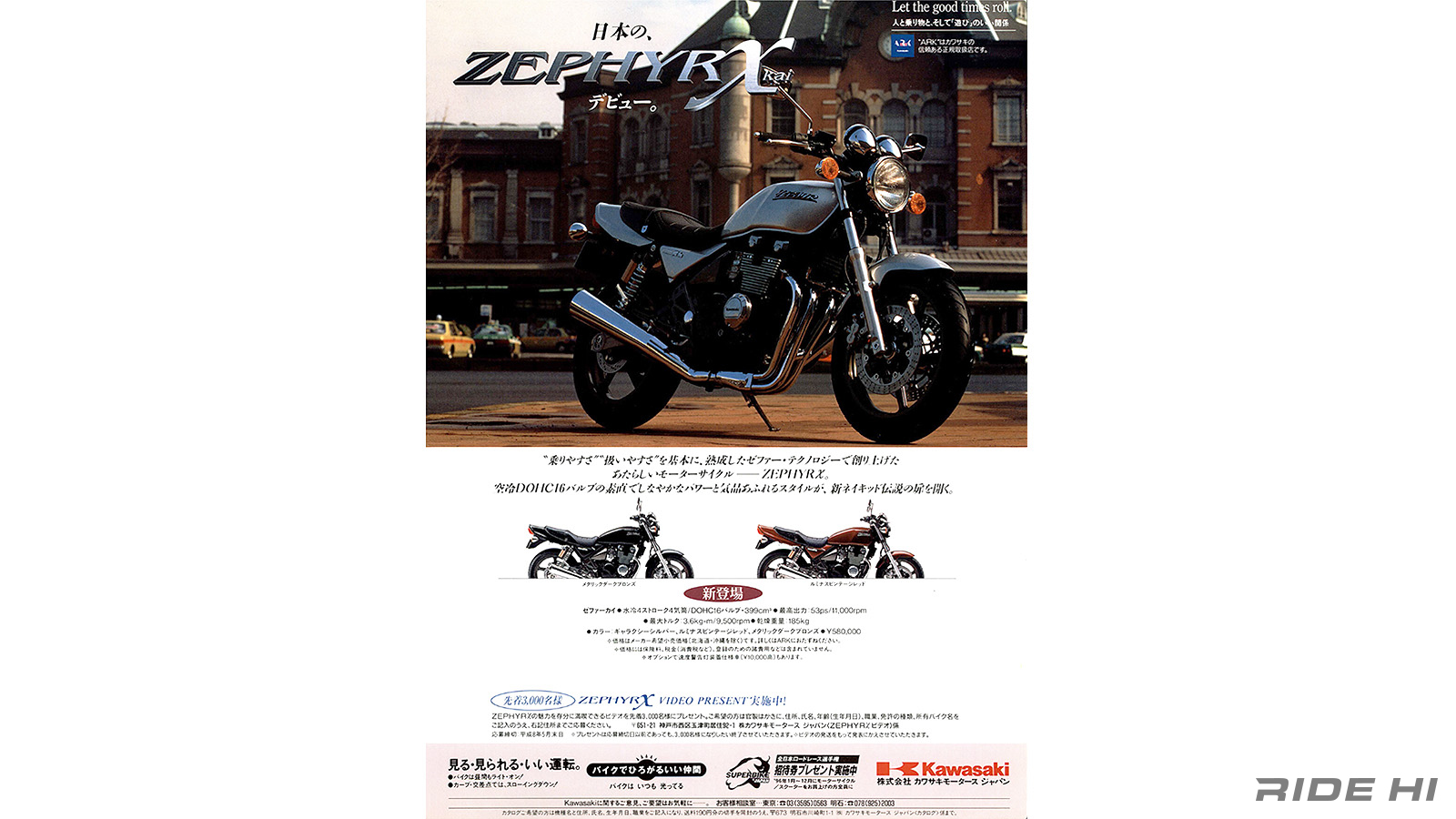
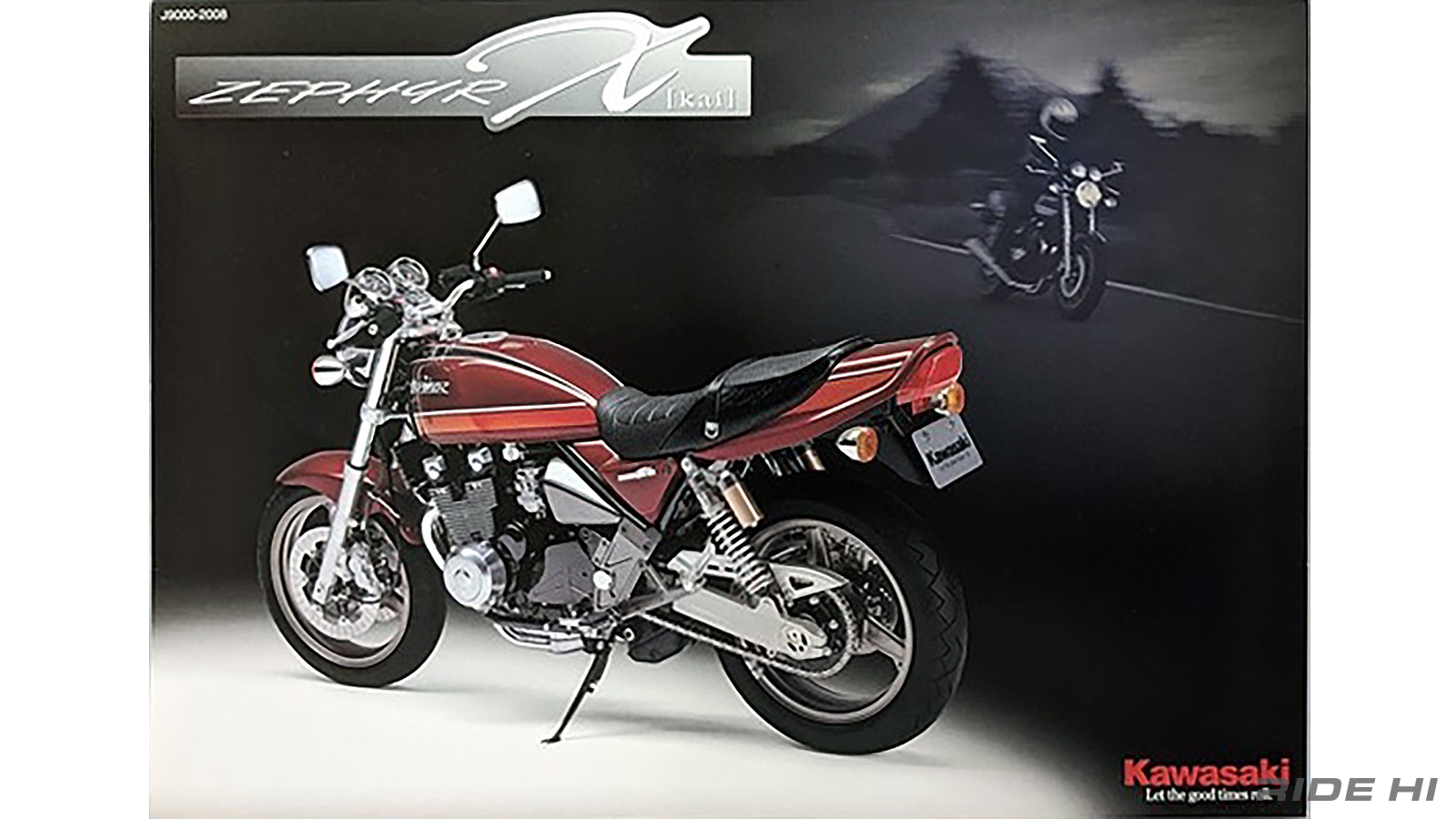
Furthermore, in response to the expectations of fans of the Z1 and Z2 legends, more and more nostalgic graphics were introduced with each passing year.
Symbolizing this trend, the final model, the 2008 model, featured a fireball graphic.
There were also yellow balls and subdued dark colors and stripes, all of which were popular, and most of the other large Zephyrs were fitted with these graphics.
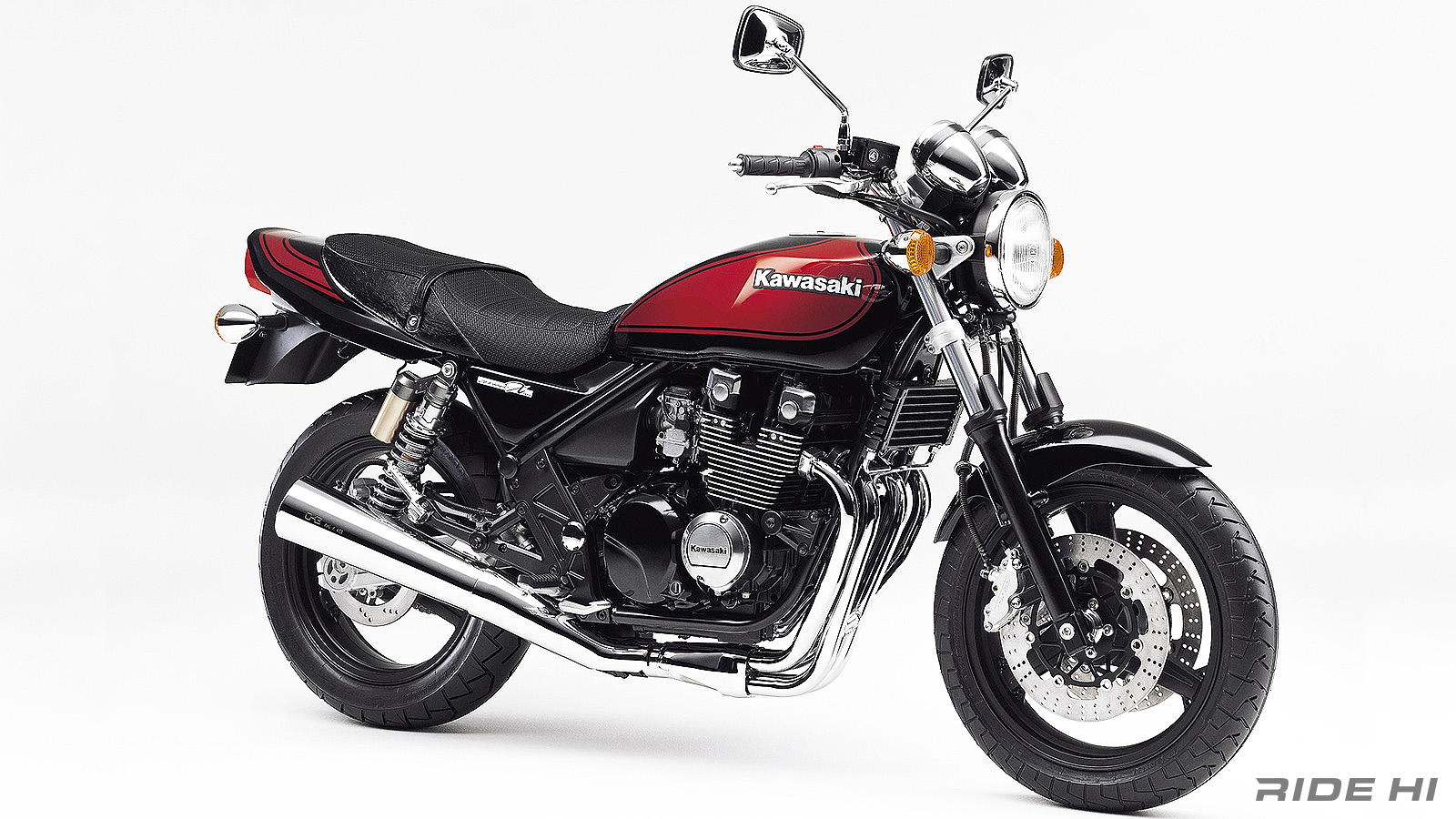
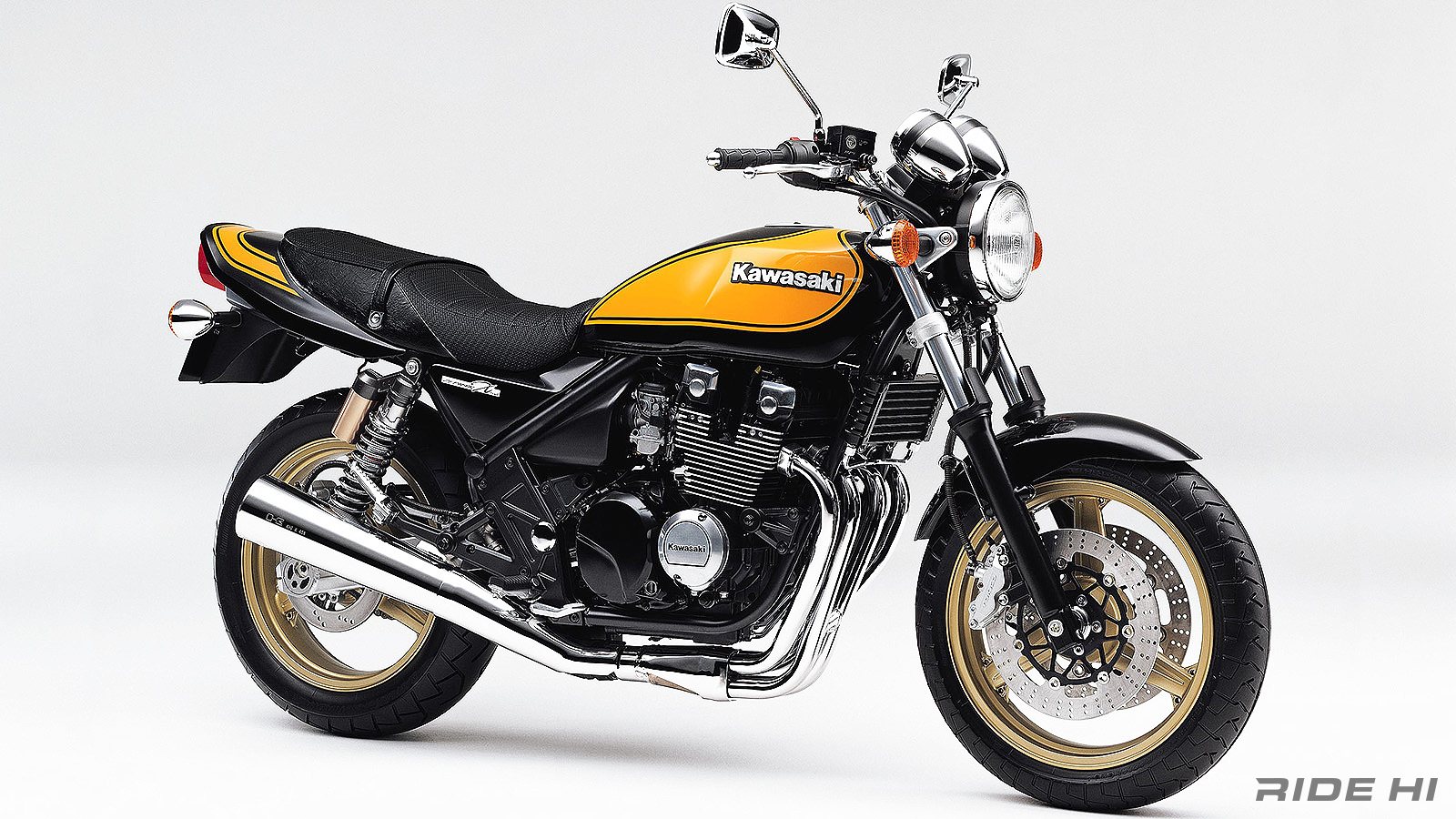
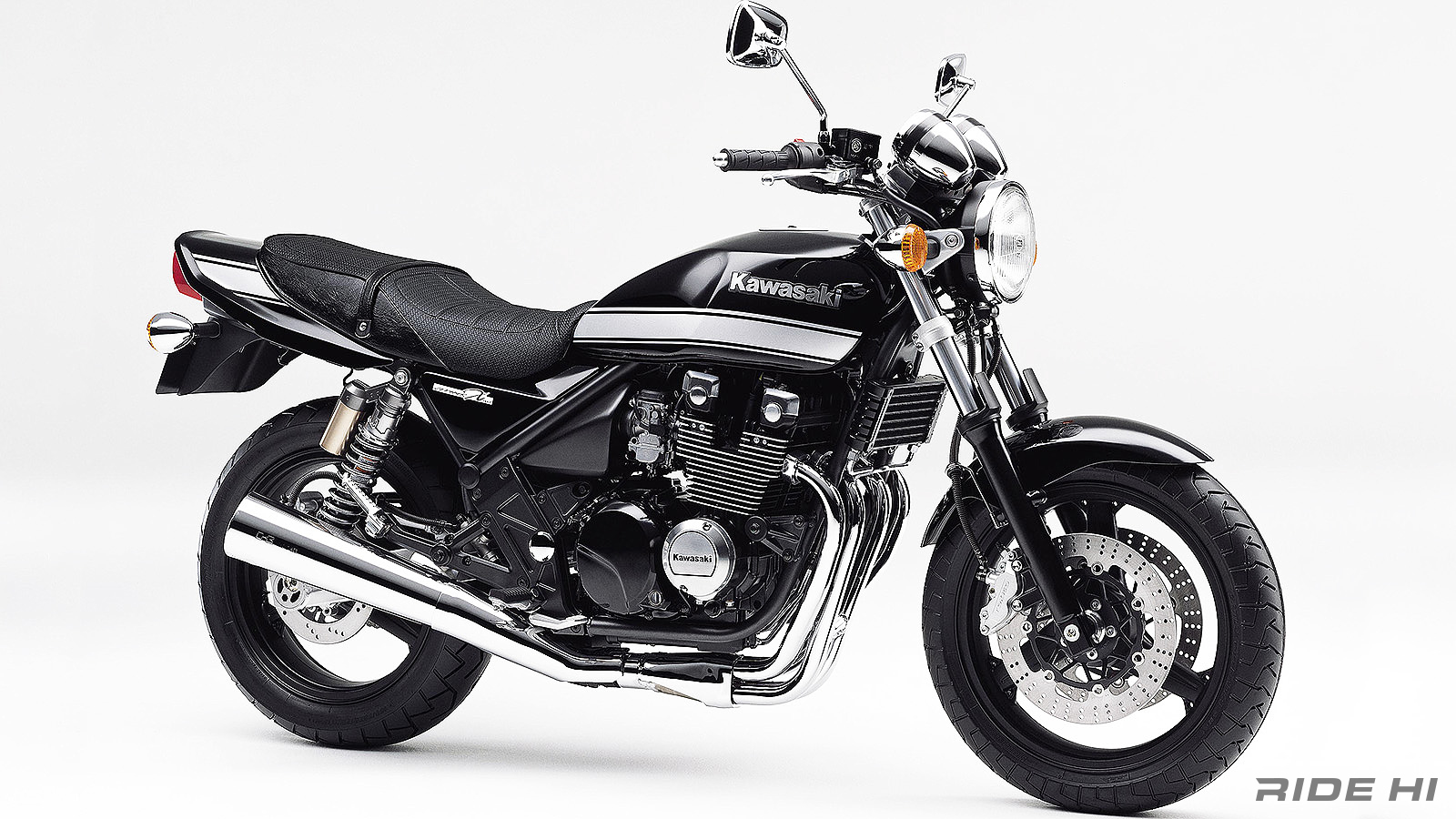
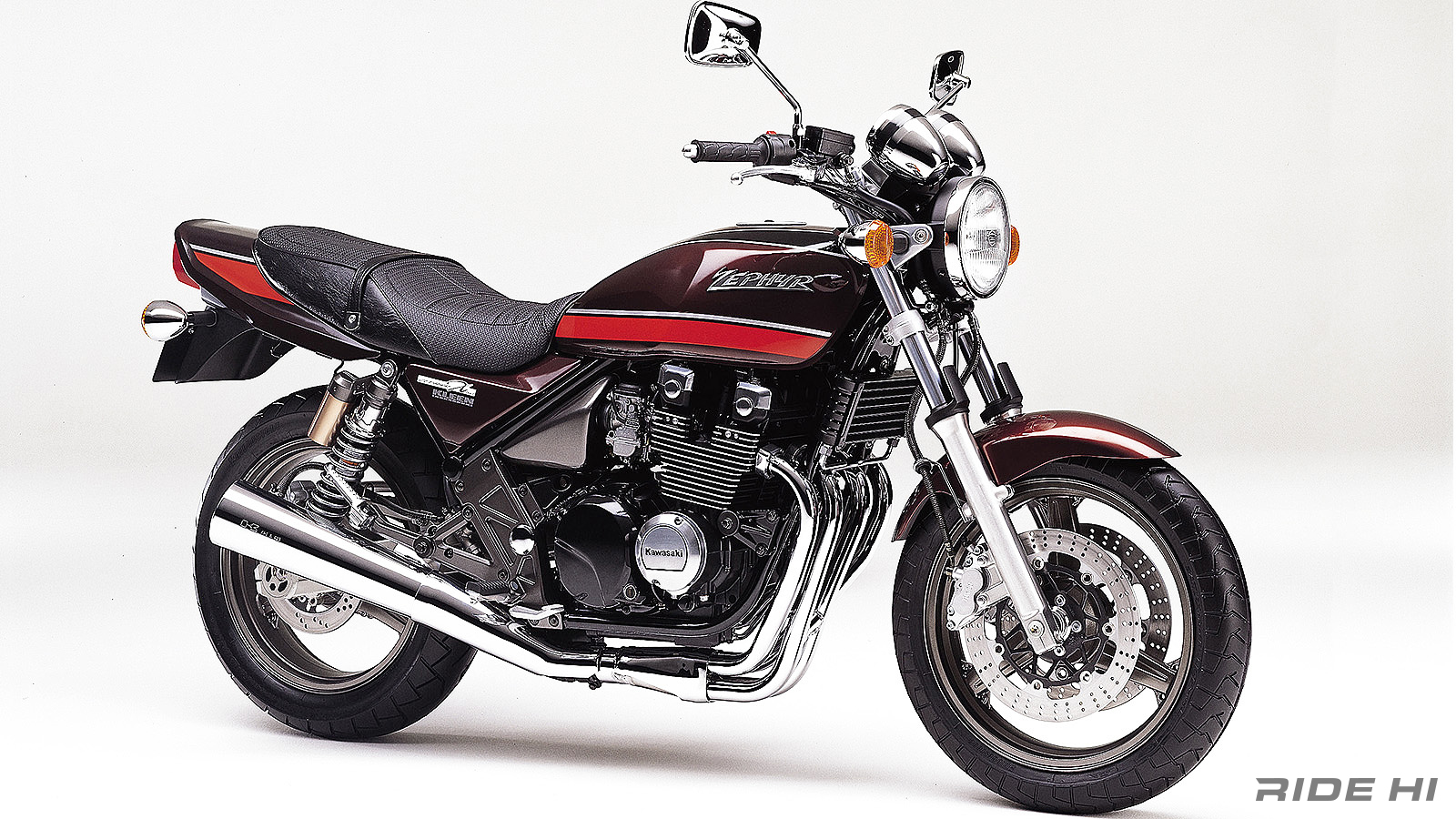
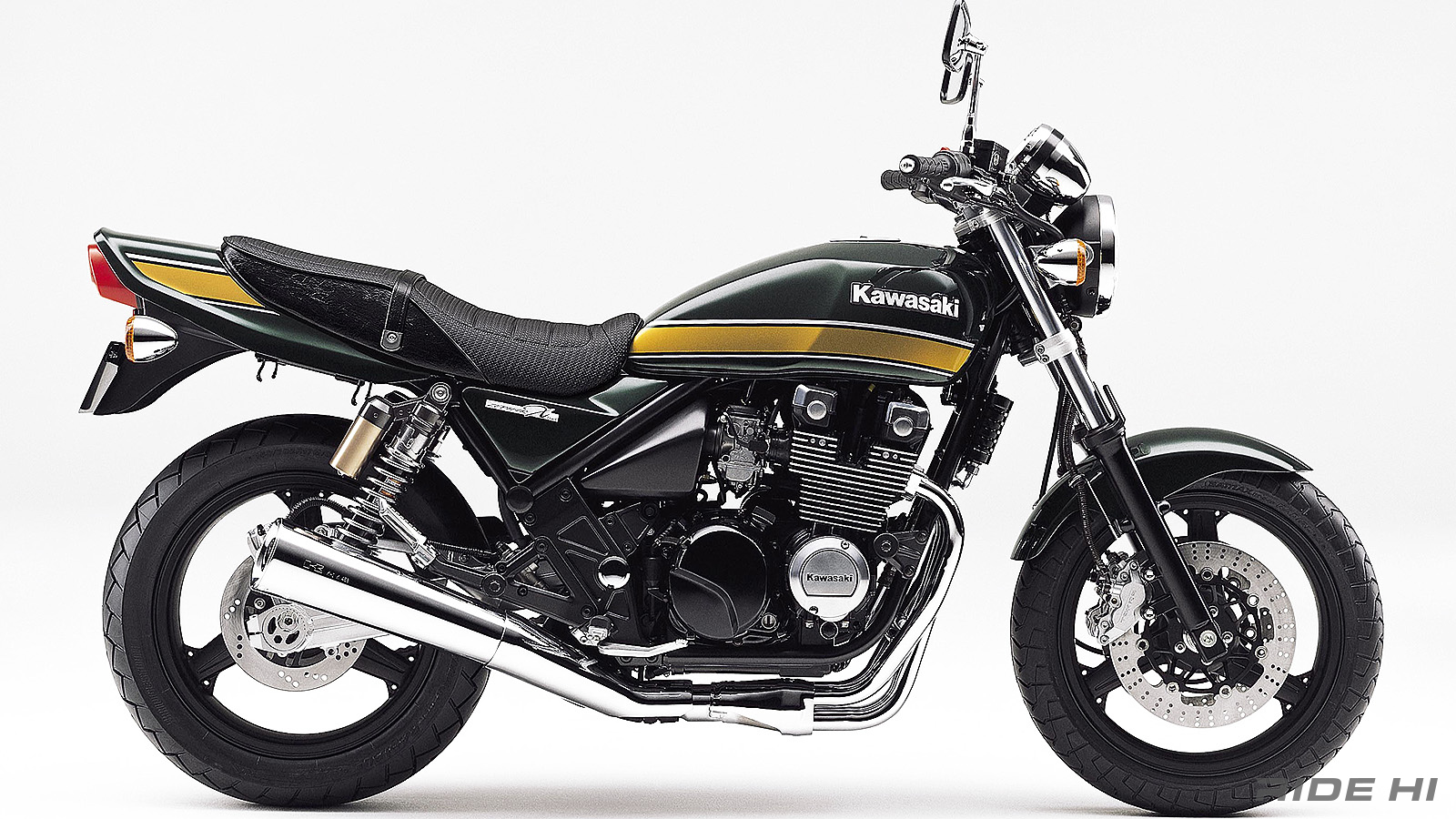
Thus, the Zephyr, which had continued to be popular as Kawasaki itself unraveled the history of its famous motorcycle, was discontinued in 2009 as it remained a carburetor model without being converted to an injection system.
See KAWASAKI Moto Index Page
See KAWASAKI ZEPHYR1100 (ZR1100) Parts & Accessories Page
See KAWASAKI ZEPHYR1100RS (ZR1100RS) Parts & Accessories Page



